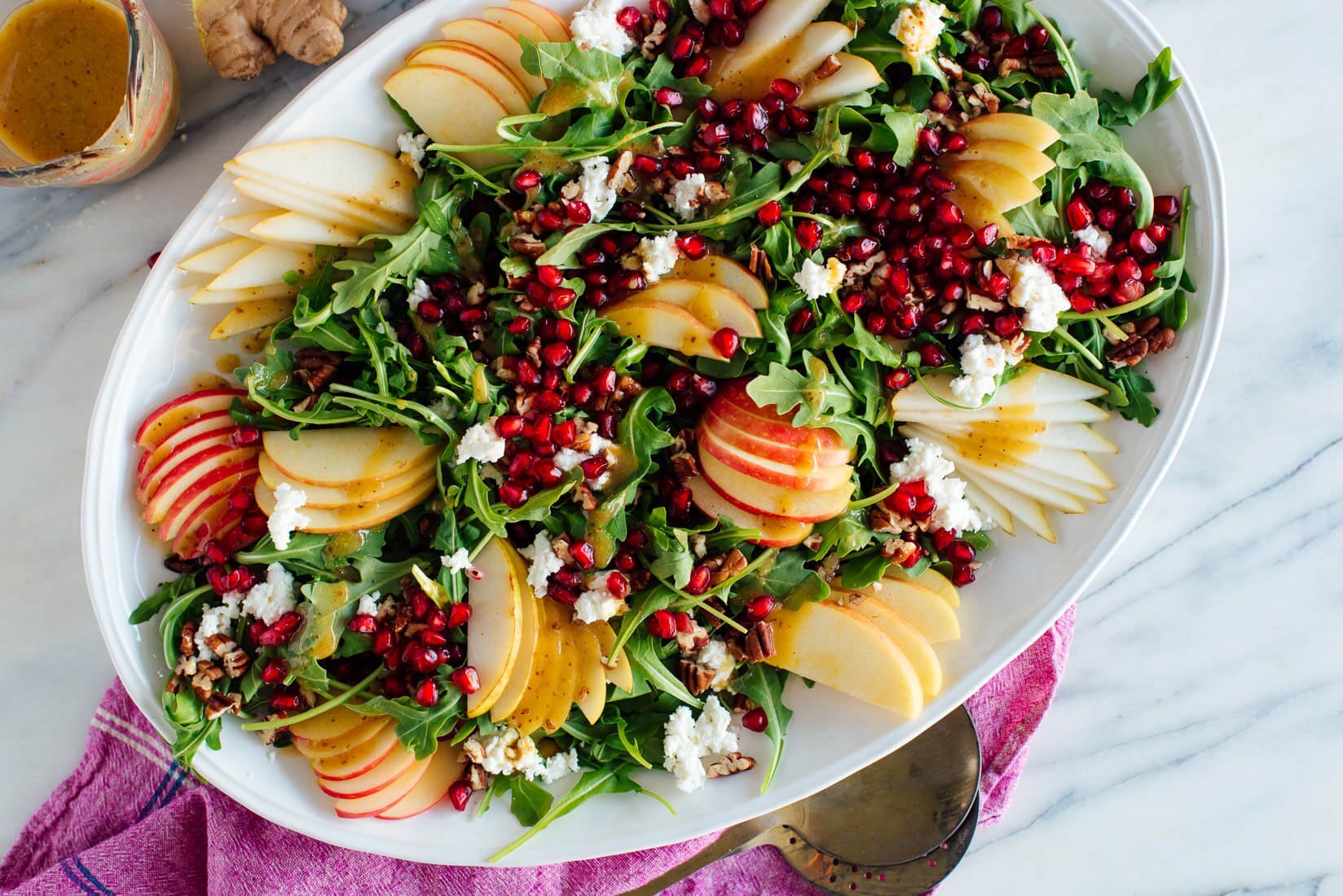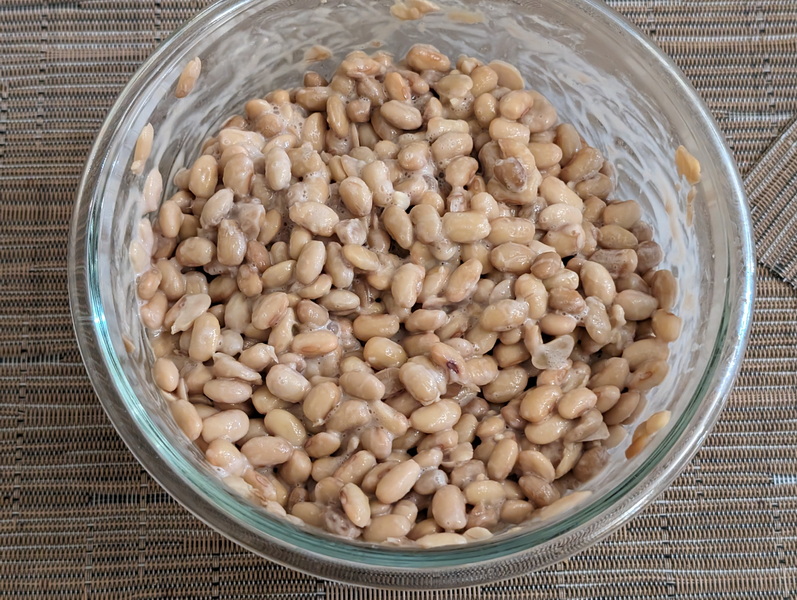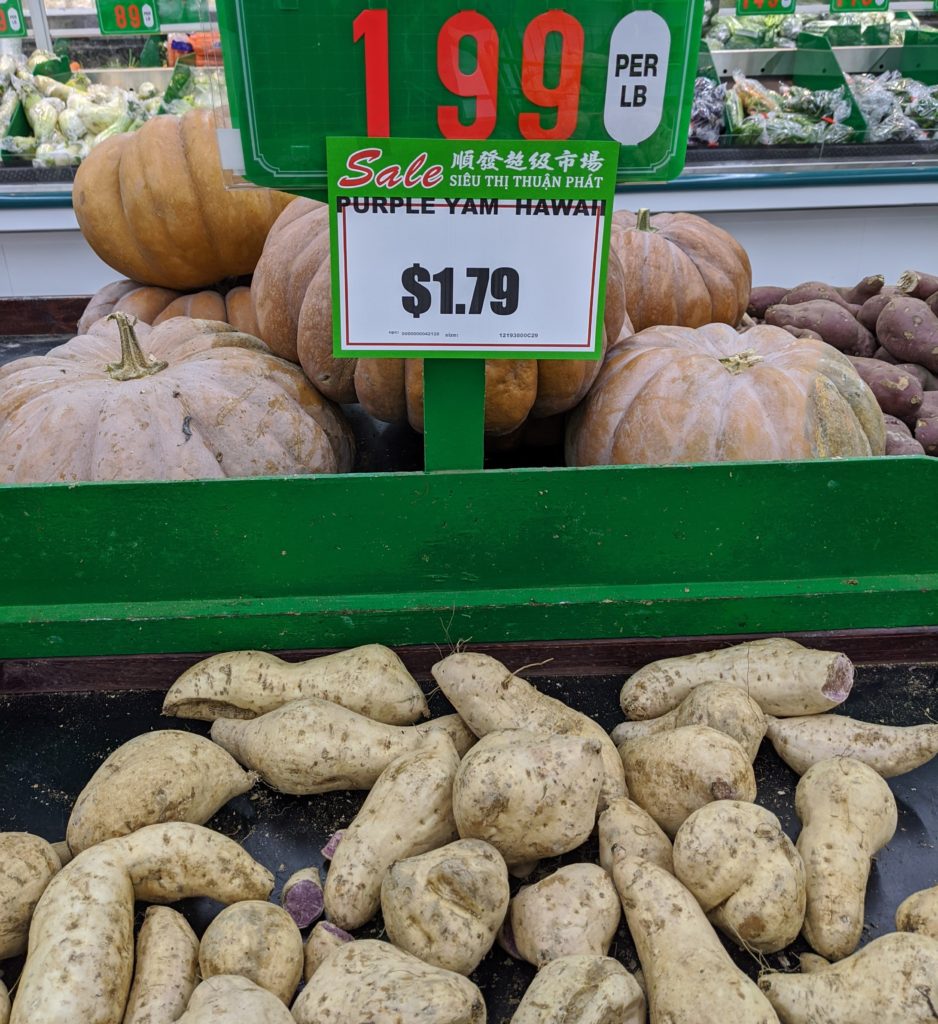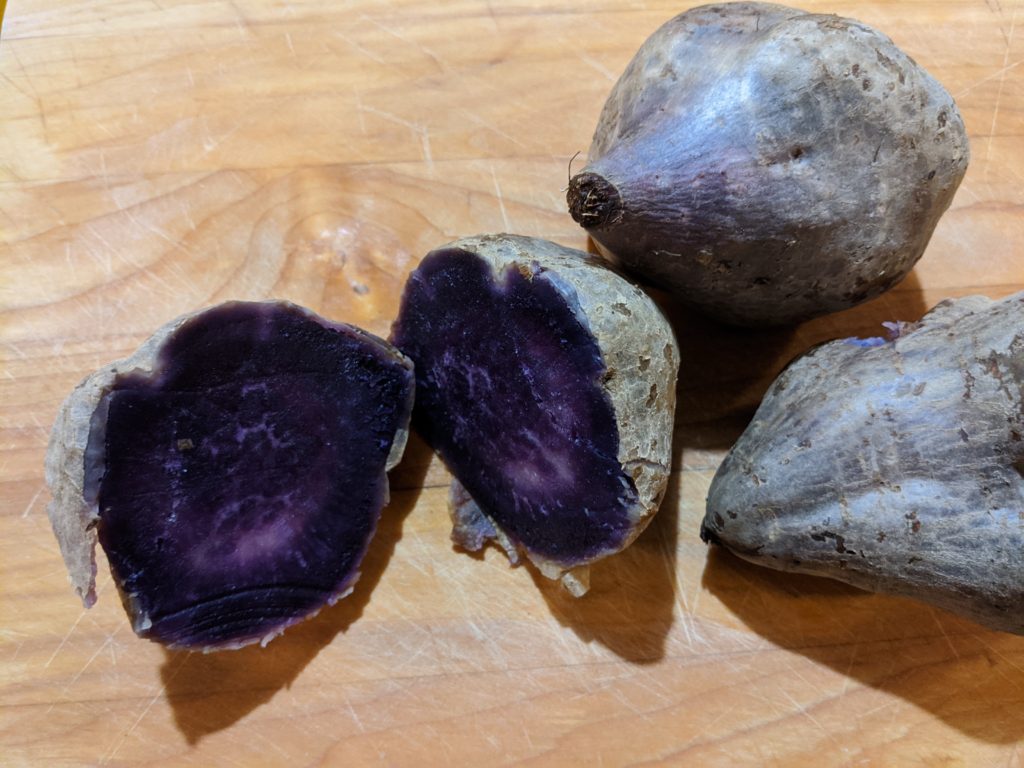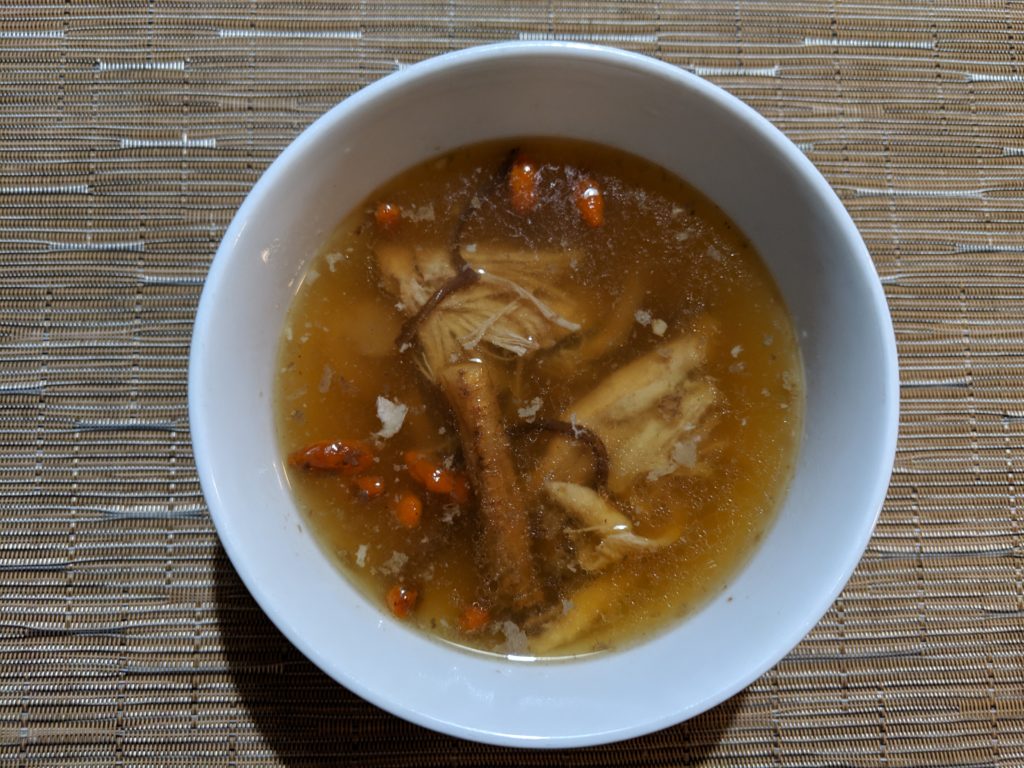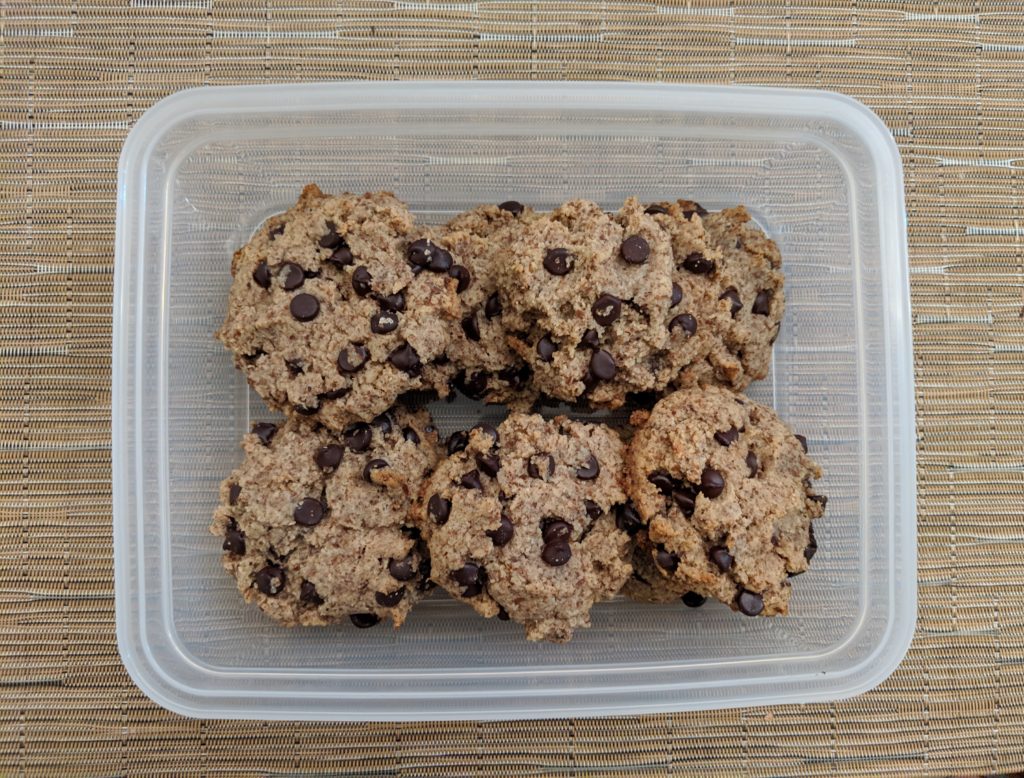YES Foods List
Flours: coconut, almond, hazelnut, sesame, chestnut, cassava (tapioca), green, banana, sweet potato, tiger nut, grape seed, arrowroot
“Foodles” (Gundry name for acceptable noodles), Cappelo’s fettuccine and other pastas, Slim Pasta, shirataki noodles, kelp noodles, Miracle noodles and kanten pasta, Korean sweet potato noodles
Dairy Products: (1 oz. cheese or 4 oz. yogurt / day), Real parmesan (parmigiano-reggiano), French/Italian butter, buffalo butter (at Trader Joe’s), Ghee, goat yogurt (plain), goat milk as creamer, goat cheese, butter, goat and sheep kefir, sheep cheese and yogurt (plain), coconut yogurt, French/Italian cheese, Switzerland cheese, buffalo mozzarella (Italy), whey protein powder, Casein A-2 milk (as creamer only),
organic heavy cream, organic sour cream, organic cream cheese.
Ice Cream: coconut milk dairy-free frozen dessert (the So Delicious blue label which only contains 1 gram of sugar per oz.).
Wine: (6 oz. per day) red
Spirits (1 oz per day)
Fish: (any wild caught – 4oz. per day): whitefish, freshwater bass, Alaskan halibut, canned tuna, Alaskan salmon, Hawaiian fish, shrimp, crab, lobster, scallops, calamari/squid, clams, oysters, mussels, sardines,
anchovies
Fruits: (limit all but avocado) avocados, blueberries, raspberries, blackberries, strawberries, cherries, crispy pears (anjou, bosc, comicel),
pomegranates, kiwis, apples, citrus (no juices), nectarines, peaches, plums, apricots, figs, dates
Vegetables: Calciferous Vegetables, Broccoli, Brussel sprouts, Cauliflower, Bok Choy, Napa Cabbage, Chinese Cabbage, Swiss Chard, Arugula, Watercress, Collards, Kohlrabi, Kale, Green and red cabbage, Radicchio, Raw Sauerkraut, Kimchi
Other Vegetables: Nopales Cactus, Celery, Onions, Leeks, chives, scallions, chicory, carrots (raw), carrot greens, artichokes, beets (raw), radishes, Daikon radish, Jerusalem artichokes/sunchokes, hearts of palm, cilantro, okra, asparagus, garlic, mushrooms
Nuts and Seeds (1/2 cup per day): Macadamia nuts, Walnuts, Pistachios, Pecans, Coconut (not coconut water), Coconut milk (unsweetened dairy substitute), Coconut milk/cream (unsweetened, full-fat), Hazelnuts, Chestnuts, Brazil nuts (in limited amounts), Pine nuts (in limited amounts), Flaxseeds, hemp seeds, Hemp protein powder, Psyllium
Olives: All
Dark Chocolate: 72% or greater ( 1 oz per day )
Vinegars: All (without added sugars)
Herbs and Seasonings: All except chili pepper flakes
Miso
Energy Bars: Quest Bars, B-Up Bars, Human Food bar, Adapt Bar
Sweeteners: Stevia (sweetleaf is favorite), Just Like Sugar (made from chicory root – inulin), Inulin, Yacon, Monk Fruit, Luo Han Guo (the Nutresse brand is good), erythritol (Swerve is great as it contains oligosaccharides), Xylitol
Resistant Starches: Tortillas (Siete brand- only those made with cassava and coconut flour or almond flour), Bread and Bagels made by Barely Bread, Julian Bakery Paleo Wraps (made with coconut flour) and Paleo coconut flakes cereal (in moderation), Green plantains, Green bananas, Baobab fruit, Cassava (tapioca), Green Bananas, Sweet Potatoes or Yams, Rutabaga, Parsnips, Yuca, celery root (celeriac), Glucomannan (konjac root), Persimmon, Jicama, Taro root, Turnips, Tiger nuts, Green Mango, Millet, Sorghum, Green papaya
Leafy Greens: Romaine, Red and Green leaf lettuce, Mesclun (baby greens), Spinach, endive, Dandelion Greens, Butter Lettuce, Fennel, Escarole, Mustard Greens, Mizuna, parsley, Basil, Mint, Purslane, parilla, Algae, Seaweed, Sea Vegetables
Pastured Poultry (Not free-range – 4 oz. per day): Chicken, Turkey, Ostrich, pastured or omega-3 eggs (up to 4 daily), Duck, Goose, pheasant, Grouse, dove, Quail
Meat: (grass fed and grass finished – 4oz per day): bison, wild game, venison, Boar, elk, Beef, Pork (humanely raised), Lamb, Prosciuto
Plant-based “Meats”: Quorn, Hemp tofu, Hilary’s Root Veggie burger (hilaryseatwell.com), Tempeh (grain-free only)
